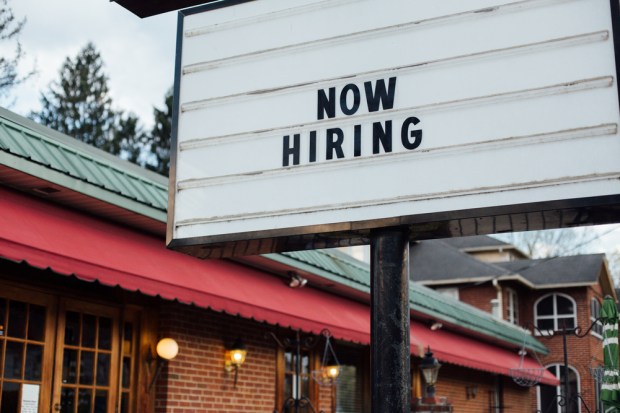Small Business Jobs Grow, But Even-Smaller Firms Struggling

How is U.S. employment stacking up? It depends on who you ask.
The U.S. Labor Department announced Friday (July 7) that the country added 222,000 jobs in June, far surpassing Wall Street estimates of 175,000. But data from ADP and Moody’s Analytics found 158,000 jobs added in June, missing earlier expectations of 185,000 added jobs.
How many of those jobs were added at small businesses? That depends on who you ask, too.
New statistics released by CBIZ and Paychex paint very different pictures about June small business hiring practices. Each released their monthly reports chock-full of data, so we’re breaking down the highlights below. It’s worth noting that CBIZ considers a small business to be a company with 300 or fewer employees, while Paychex draws on data from its own small business clients with fewer than 50 workers.
In its Small Business Employment Index, CBIZ concluded that small business hiring soared last month. Meanwhile, Paychex and IHS in their Small Business Employment Watch report concluded that employment among its even-smaller-businesses continued to grow in June, but the pace of that growth has slowed.
Small business hiring jumped 2.11% month-over-month in June, according to CBIZ, marking a record increase for the report and an improvement on May’s 1.12% increase in small business hiring. In a statement, CBIZ Employee Services Organization President Philip Noftsinger said this is “the strongest report since the SBEI’s inception in June 2009.”
Paychex’s Index declined 0.24% in June, marking its lowest level since late-2011, it said, and the fourth consecutive month of small business job growth declines. “Small business job gains have slowed, consistent with tightening labor markets,” said IHS Markit chief regional economist James Diffley in a statement. Martin Mucci, Paychex president and CEO, attributed the trend to uncertainty over regulations sure to affect the small business community.
33% of businesses added staff and 48% made no change to staff levels, said CBIZ. Just 19% decreased staff levels. Researchers noted that June is traditionally a strong month for hiring growth, averaging a 0.83% increase since 2009, the report said.
8.6% of U.S. workers are unemployed, “discouraged,” or working part-time when they would prefer to be full-time, the U.S. Labor Department found, a slight uptick from May’s 8.4%.
A 2.88% year-over-year increase in small business wages is certainly good news, but Paychex also found hourly earnings growth is stagnant compared with May. Twelve-month growth in weekly earnings hit 3.1%, though, with employees adding more working time to their work week.
The Northeast saw the strongest small business employment growth of 2.93%, found CBIZ, while Paychex found that the West saw the fastest wage growth, up 3.58% year-over-year.
The CBIZ and Paychex reports each draw different conclusions about different segments of the small business market.
For businesses on the smaller end of the SME spectrum, market uncertainties may be felt more strongly.
“Over the past month we’ve seen continued uncertainty as it relates to legislative policies that stand to impact small businesses,” said Paychex President and CEO Martin Mucci. “The decline in this month’s index and modest growth in wages seems to reflect an unclear regulatory picture combined with a narrowing labor market.”
But for companies with of a big larger size, the small business market is standing on solid ground.
“This month’s reading likely stems from a bullish mentality from small businesses as it pertains to the future of the domestic economy,” said CBIZ’s Noftsinger. “This growth in hiring is a positive sign for the U.S. economy, despite the lack of fiscal policy changes we were promised. Nevertheless, continued increases in hiring through the remaining summer months and early fall could fuel GDP growth.”
For businesses of all sizes, economists express tempered optimism.
“The payroll number is well above expectations,” said High Frequency Economics chief U.S. economist Jim O’Sullivan in an interview with the New York Times, reflecting on the latest Labor Department statistics. “But the wage numbers are certainly weaker than expected, so it keeps alive the whole debate about the relationship between slack and inflation and how far the Federal Reserve should allow the unemployment rate to fall.”
